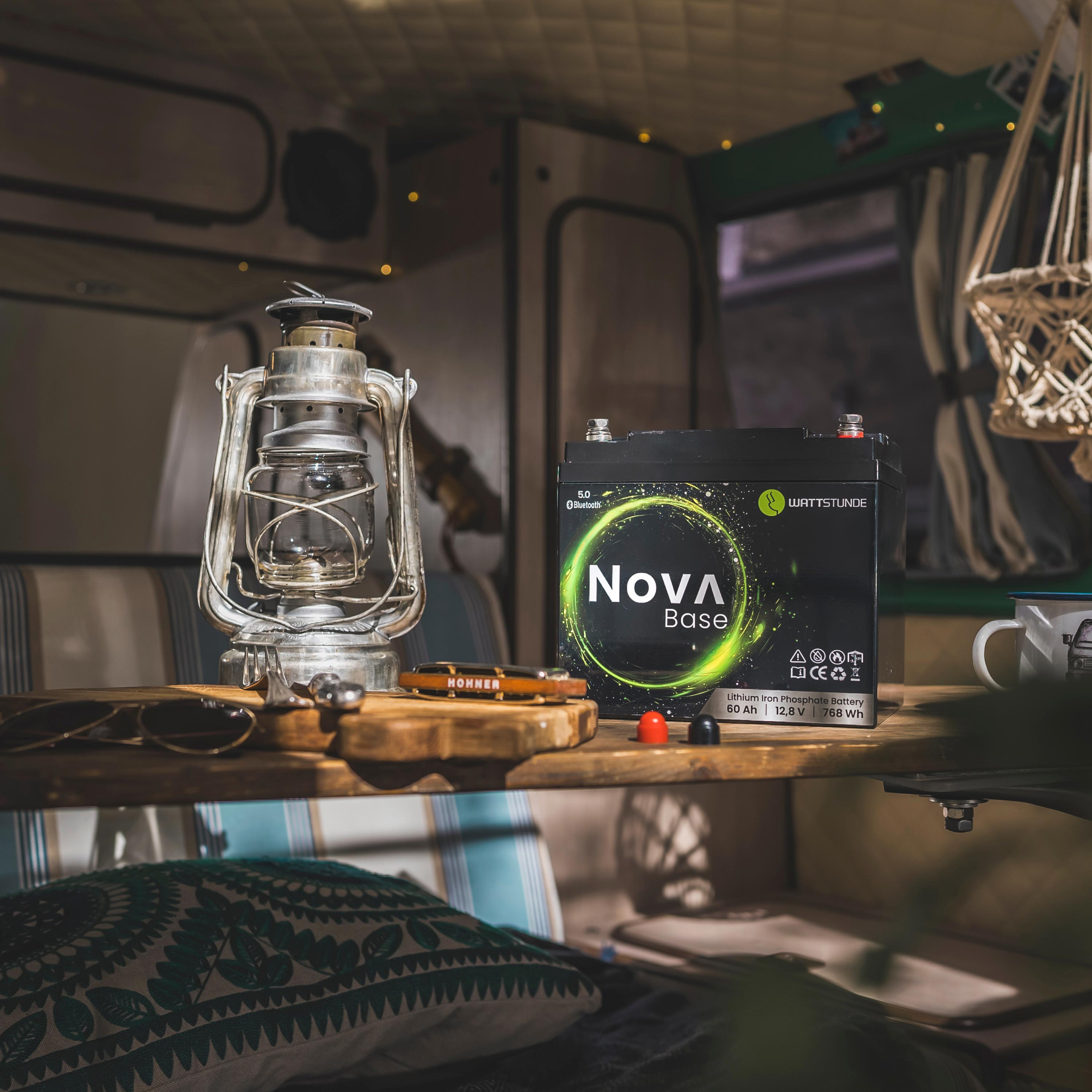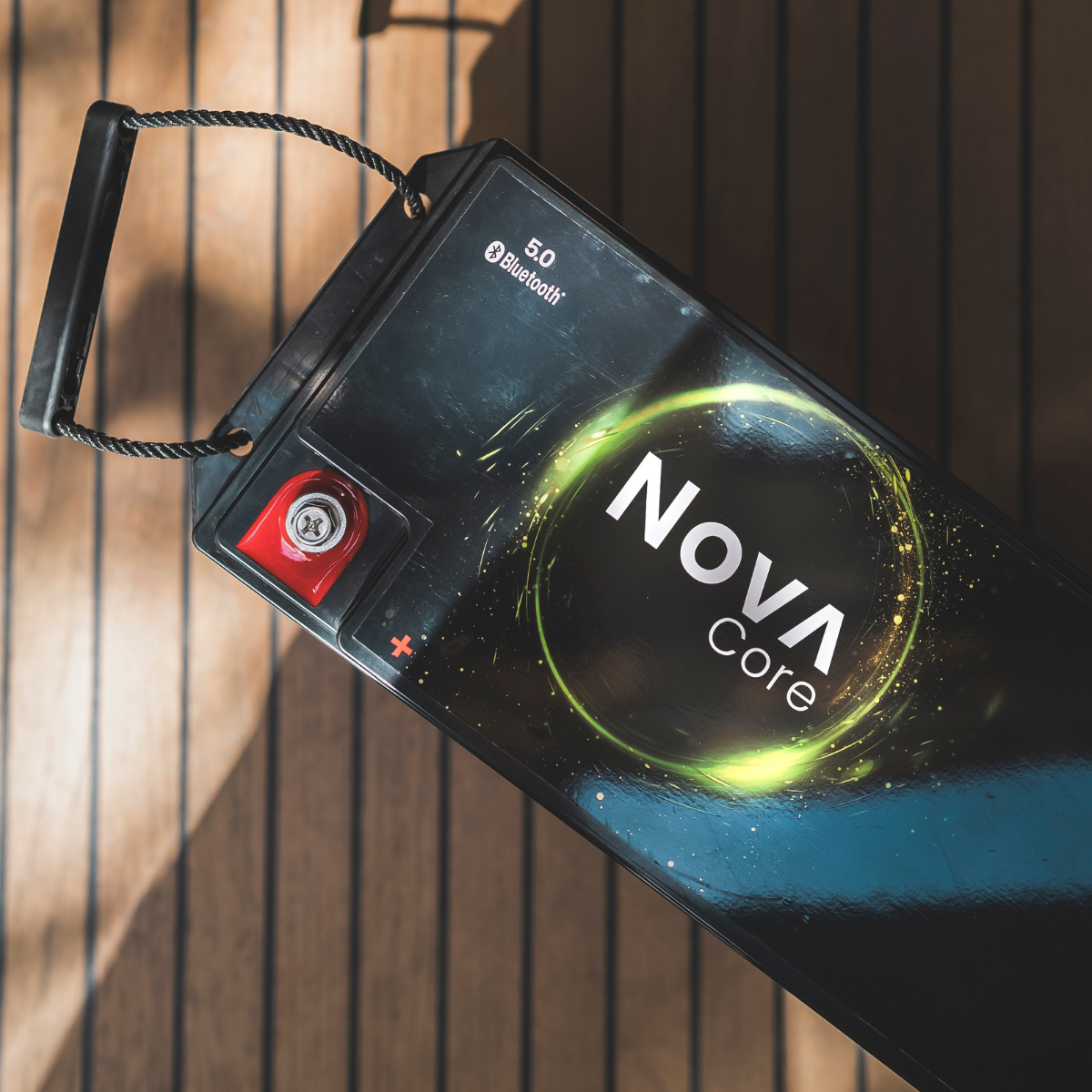In the previous installments of our blog series, we've covered batteries and the power supply in vehicles. Now we'll focus on how you can make the most of your stored power. Many electronic devices operate on 230V AC – but the onboard battery only supplies 12V DC. This is where the inverter comes in! It converts the power so you can run your coffee maker, laptop, or other household appliances on the go.
But which inverter is right for you? What power do you need? And what do you need to consider during installation? You'll learn all about it in this part of our blog series.
Why do you need an inverter?
An inverter is necessary if you want to use 230V devices that cannot be operated with 12V. This applies to many everyday devices, such as:
- Laptop & Chargers
- Coffee machines & kettles
- Household appliances such as mixers or hair dryers
- Power tools
- E-bike chargers
Without an inverter, you'd be dependent on pure 12V devices, which are often more expensive or offer lower performance. An inverter makes your vehicle more flexible and allows you to use your usual devices on the go.
Types of inverters
Pure sine wave inverters
A pure sine wave inverter produces a smooth and clean sine wave—just like the power from your home's wall outlet. It's especially important for sensitive devices such as:
✅ Laptops & Computer
✅ E-bike chargers
✅ Coffee machines & household appliances with electronics
✅ Audio and video equipment
Conclusion: If you want to operate high-quality or sensitive devices, a pure sine wave inverter is the best choice.
Modified sine wave inverters
A modified sine wave inverter produces a simpler waveform, which can be problematic for some devices. Devices with motors or sensitive electronics may experience humming, interference, or a shortened lifespan.
✅ Suitable for simple consumers such as fan heaters or tools without electronics
❌ Not ideal for laptops, coffee machines or audio equipment
Conclusion: Modified sine wave inverters are cheaper, but unsuitable for many modern devices. It's better to opt for a pure sine wave inverter.
What performance do you need?
The inverter's power depends on the devices you want to power. Here's a simple calculation:
Power consumption (W) x simultaneous use = required inverter power
Example calculation:
- Laptop (60W) + coffee machine (1,000W) = 1,060W
- If you also want to use a kettle (1,500W), you need at least 2,500W
Consider starting currents
Some devices require more power when starting up than when in operation. These include:
- Refrigerators & Compressors
- Power tools
- Water pumps
Tip: Pay attention to the starting currents of your appliances, as some briefly require several times their rated power when starting up. You can find the exact values in the technical specifications or the device's manual. Choose an inverter that can handle these peak loads—often this means the inverter's power should be at least 2 to 5 times the normal consumption. For example, a 100W compressor refrigerator may briefly require over 500W during operation.
Connecting an inverter – what do you need to pay attention to?
Directly to the battery or via a fuse box?
- Direct connection to the battery: High-power inverters (approximately 1000W and above) should be connected directly to the battery to minimize power losses. The cable length should be kept as short as possible to avoid voltage drops.
- Protection with fuses and circuit breakers: An inverter draws high currents, so appropriate protection is essential. A load that is too high without a fuse can lead to cable fires or overheating. Circuit breakers also allow the inverter to be safely disconnected from the system when not in use.
- Correctly dimension the cable cross-section: The cable cross-section depends on the inverter's power and the cable length. Cables that are too thin lead to voltage drops and can overheat. A rough rule of thumb: For a 2000W inverter at 12V, you should use at least 50mm² of cable. For more precise values, we recommend a calculation or consultation. Feel free to contact us at any time; we will be happy to advise you and help you select the right cables.
Where should the inverter be placed?
- Avoid heat buildup: Inverters generate heat, especially under load. Ensure adequate ventilation and avoid installing the inverter in cramped, poorly ventilated compartments.
- Connect as close to the battery as possible: The shorter the cables between the battery and the inverter, the lower the losses. If a greater distance is necessary, the cable cross-sections must be larger accordingly.
- Protect from moisture and dust: Dust can be a problem, especially in off-road vehicles. Moisture can cause short circuits. Make sure the inverter is installed in a protected area, but not completely sealed.
- Vibration-proof mounting: Especially in mobile homes and off-road vehicles, the inverter should be securely mounted to prevent damage from vibrations or shocks. Anti-vibration mounts or a dampened mounting surface can help here.
With proper installation, you can ensure that your inverter operates efficiently, lasts a long time, and poses no safety risks.
Conclusion: The right inverter for your setup
Choosing the right inverter depends largely on the devices you plan to use while on the go. Depending on the application, you should consider whether a pure or modified sine wave inverter is required. Sensitive electronic devices such as laptops, coffee machines, or e-bike chargers require a pure sine wave inverter to function reliably, while simple devices such as fan heaters can often be operated with a modified sine wave inverter.
Another important criterion is the inverter's power. Consider not only the continuous power of the devices, but also their starting currents. Some devices, such as compressor refrigerators or power tools, require several times their rated power for a short time when switched on. It's essential to choose an inverter with a sufficiently high peak power so that it can easily handle these peak loads.
Installation also plays a crucial role. Proper protection with fuses and circuit breakers ensures safety and prevents overheating or short circuits. Also, ensure the cable connection to the battery is as short as possible and that the inverter is well ventilated to minimize power losses and ensure a long service life.
In summary:
- Pure sine wave for sensitive devices, modified sine wave for simple consumers
- Calculate power with starting currents and total consumption
- Pay attention to energy efficiency to avoid unnecessary consumption
- Ensure safe installation with correct cable cross-sections and protection
A well-designed inverter setup ensures that you can reliably use your 230V devices on the go without wasting unnecessary energy or overloading the system.
Outlook: Part 5 – Charging on the go – Alternatives and backup solutions
If you want to remain self-sufficient while on the road, a reliable charging option is essential. In part 5 of our blog series, we'll show you the options available for efficiently charging your battery while driving or stationary. Whether via the alternator, shore power, or alternative solutions – we'll discuss which method best suits your energy needs and how to optimally adapt your system. Stay tuned to find out which charging strategy is best for your setup!
How can you efficiently charge your battery on the go?
In Part 5 you will learn everything about:
✅ Charging via the alternator & charging booster
✅ Shore power & mobile power stations
✅ Alternative charging methods for maximum self-sufficiency
Stay tuned – this way you’ll be well prepared for your independent power supply on the go!









